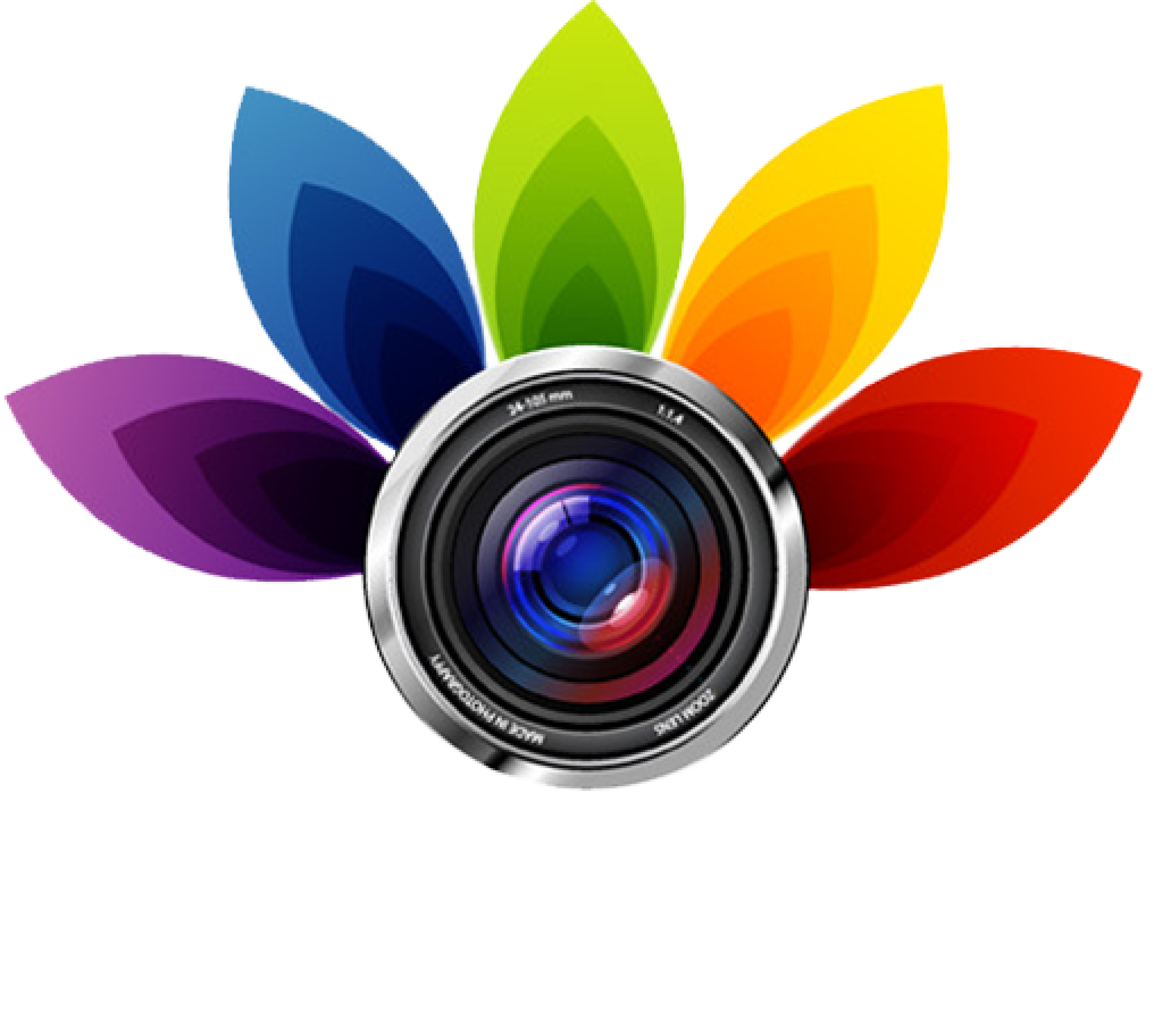
Best Editing Software for Beginners
As a beginner, finding the right software for beginners can feel overwhelming. There are so many editing tools available, each with different features and learning curves. It’s easy to get lost and unsure which one is best for your needs. This guide is here to help you navigate through all the options and make the right choice. You’ll learn which software for beginners is user-friendly, efficient, and perfect for practicing your skills. By the end, you’ll feel confident starting your editing journey and improving your work step by step.
Welcome to the World of Editing
 The world of editing is a magical place, where creativity knows no bounds and stories come to life. As a beginner, it’s important to understand that the best editing is not just about cutting and pasting. Crafting a narrative that resonates with your audience. In this article, we’ll explore the world of editing software, and what makes a good one for beginners. Editing is a skill that requires patience, attention to detail, and a keen eye for storytelling. As you start on your editing journey, you’ll discover that the right software can be the difference between a average edit and a masterpiece.
The world of editing is a magical place, where creativity knows no bounds and stories come to life. As a beginner, it’s important to understand that the best editing is not just about cutting and pasting. Crafting a narrative that resonates with your audience. In this article, we’ll explore the world of editing software, and what makes a good one for beginners. Editing is a skill that requires patience, attention to detail, and a keen eye for storytelling. As you start on your editing journey, you’ll discover that the right software can be the difference between a average edit and a masterpiece.
With so many options available. It is important to choose an editor that aligns with your creative vision and meets your technical needs. In the next section, we’ll dive into what makes the best editing software for beginners. From user-friendly interfaces to robust feature sets. We’ll explore the key characteristics that set apart the best editors from the rest.
What Makes the Best Editing Software for Beginners?
 When it comes to choosing the best editing software for beginners, there are several key factors to consider. First and foremost, the software should be user-friendly, with an intuitive interface that makes it easy to navigate. This is especially important for those who are new to editing, as a complex interface can be overwhelming and intimidating.
When it comes to choosing the best editing software for beginners, there are several key factors to consider. First and foremost, the software should be user-friendly, with an intuitive interface that makes it easy to navigate. This is especially important for those who are new to editing, as a complex interface can be overwhelming and intimidating.
Another important feature is the software’s ability to handle a variety of file formats, including video, audio, and image files. A good editor should be able to seamlessly import and export files in various formats, making it easy to work with different types of media.
Finally, the software should offer robust features that allow for precision editing, such as advanced color correction, audio ducking, and multi-track editing. These features will help you take your best editing skills to the next level and produce professional-grade results.
A good editor should also offer flexibility and customization options, allowing you to tailor the software to your specific needs and workflow. This might include customizable workflows, keyboard shortcuts, and customizable panels.
In addition to these technical features, a good editor should also provide a sense of community and support. This might include online forums, tutorials, and customer support.
In the next section, we’ll explore the key features to look for in your dream editor.
Features to Look for in Your Dream Editor
 When searching for the best editing software for beginners, it is important to consider a few key features. These features can help you to make sure that the software is easy to use while still offering powerful tools to improve your work. Look for programs that have a simple interface, helpful tutorials, and important editing tools. Compatibility with your device and file types is also important to avoid technical issues. Additionally, software that offers support or a helpful community can make learning much easier. Considering these factors will help you choose the right software for beginners.
When searching for the best editing software for beginners, it is important to consider a few key features. These features can help you to make sure that the software is easy to use while still offering powerful tools to improve your work. Look for programs that have a simple interface, helpful tutorials, and important editing tools. Compatibility with your device and file types is also important to avoid technical issues. Additionally, software that offers support or a helpful community can make learning much easier. Considering these factors will help you choose the right software for beginners.
Here are some tips to try:
- User-friendly interface: A simple and intuitive interface that makes it easy to navigate the software.
- File format support: The ability to import and export files in various formats, including video, audio, and image files.
- Advanced editing features: Robust features that allow for precision editing, such as color correction, audio ducking, and multi-track editing.
- Flexibility and customization: The ability to tailor the software to your specific needs and workflow, including customizable workflows, keyboard shortcuts, and customizable panels.
- Community and support: Online forums, tutorials, and customer support to help you get the most out of the software.
- By considering these features, you’ll be well on your way to finding the perfect editor for your needs.
The Role of Visuals in Editing
 Visual storytelling is the art of using visuals to convey a message, tell a story, or evoke an emotion. As an editor, you have the power to shape the narrative of your project using visuals. From color grading to camera movements, every visual decision you make can impact the overall tone and aesthetic of your film.
Visual storytelling is the art of using visuals to convey a message, tell a story, or evoke an emotion. As an editor, you have the power to shape the narrative of your project using visuals. From color grading to camera movements, every visual decision you make can impact the overall tone and aesthetic of your film.
In this section, we’ll explore the key elements of visual storytelling and how to use them to improve your best editing skills.
From the camera angles used in a scene to the color palette of the film, every visual element plays an important role in shaping the narrative. As an editor, you have the power to improve these elements and create a cohesive visual language that resonates with your audience.
In the next section, we’ll explore the top 5 best editing software for beginners that you should know.
The Top 5 Editing Software for Beginners You Should Know
 It is important to choose editing software that aligns with your creative vision and meets your technical needs. With so many options available, it can feel overwhelming to decide which one is right for you. Each software offers different features and learning curves, making the choice even more confusing. Taking the time to research and compare options can help you find a program that fits your style and skill level. Choosing the right software for beginners can make your editing experience more enjoyable and less frustrating. With the right tools, you can focus on developing your creativity and improve your skills.
It is important to choose editing software that aligns with your creative vision and meets your technical needs. With so many options available, it can feel overwhelming to decide which one is right for you. Each software offers different features and learning curves, making the choice even more confusing. Taking the time to research and compare options can help you find a program that fits your style and skill level. Choosing the right software for beginners can make your editing experience more enjoyable and less frustrating. With the right tools, you can focus on developing your creativity and improve your skills.
Here are the top 5 editing software for beginners that you should know:
- Adobe Premiere Pro: A powerful and user-friendly editor that offers advanced features and a wide range of customization options.
- Final Cut Pro X: A professional-grade editor that offers advanced features and a user-friendly interface.
- DaVinci Resolve: A free editor that offers advanced features and a user-friendly interface, making it an excellent option for beginners.
- CyberLink PowerDirector: A user-friendly editor that offers advanced features and a wide range of customization options.
- iMovie: A free editor that offers a user-friendly interface and a wide range of features, making it an excellent option for beginners.
Each of these editors has its unique strengths and weaknesses, so it’s important to research and compare them before deciding.
In the next section, we’ll explore what to expect from the best editors in terms of ease of use, features, and more.
What to Expect from the Best Editors
 When it comes to choosing the best editing software for beginners, it’s important to consider what to expect from the program. Different software offers different tools, features, and levels of complexity, so knowing your needs can help you make the right choice. Some programs focus on simplicity, while others provide more advanced features for growth. It’s also important to consider ease of use, learning resources, and customer support. Understanding these aspects will help you find software that matches both your skill level and creative goals. By setting clear expectations, you can start your editing journey with confidence and avoid unnecessary frustration.
When it comes to choosing the best editing software for beginners, it’s important to consider what to expect from the program. Different software offers different tools, features, and levels of complexity, so knowing your needs can help you make the right choice. Some programs focus on simplicity, while others provide more advanced features for growth. It’s also important to consider ease of use, learning resources, and customer support. Understanding these aspects will help you find software that matches both your skill level and creative goals. By setting clear expectations, you can start your editing journey with confidence and avoid unnecessary frustration.
Here are some key factors to consider:
- Ease of use: A good editor should be easy to use, with an intuitive interface that makes it easy to navigate.
- A good editor should offer a range of advanced features that allow for precision editing, such as color correction and multi-track editing.
- Performance: A good editor should be able to handle large files and projects with ease, without slowing down or crashing.
- Support: A good editor should offer robust support options, including online forums, tutorials, and customer support.
By considering these factors, you’ll be well on your way to finding an editor that meets your needs and helps you achieve your creative goals.
Tips and Tricks to Make Your Best Editing Journey Easier
 Editing can be a challenging and time-consuming process, especially for beginners just starting out. However, with the right tips and tricks, you can make the journey much easier and more enjoyable. Learning simple techniques and using beginner-friendly software can save time and reduce frustration. It’s also helpful to follow step-by-step guides or tutorials to build your confidence. Practicing regularly and experimenting with different tools will improve your skills over time. With patience and the right approach, editing can become a fun and rewarding part of your creative work.
Editing can be a challenging and time-consuming process, especially for beginners just starting out. However, with the right tips and tricks, you can make the journey much easier and more enjoyable. Learning simple techniques and using beginner-friendly software can save time and reduce frustration. It’s also helpful to follow step-by-step guides or tutorials to build your confidence. Practicing regularly and experimenting with different tools will improve your skills over time. With patience and the right approach, editing can become a fun and rewarding part of your creative work.
Here are some key tips to keep in mind:
- Keep your footage organized by labeling and categorizing your clips, making it easy to find what you need.
- Use keyboard shortcuts: Use keyboard shortcuts to speed up your editing process and reduce the risk of errors.
- Experiment and try new things: Don’t be afraid to try new techniques and styles and be open to experimentation.
- Take breaks to rest your eyes and give your brain a chance to recharge, reducing the risk of burnout.
- Seek feedback: Seek feedback from others and be open to constructive criticism, helping you to improve and refine your skills.
By following these tips and tricks, you’ll be well on your way to becoming a skilled editor and achieving your creative goals.
In the final section, we’ll explore how to unleash your creativity and edit like a pro.
Software for Beginners That Helps You Edit Like a Pro
 Editing is not just about cutting and pasting, but about crafting a narrative that resonates with your audience. To unleash your creativity and edit like a pro, it’s important to understand the story you want to tell. Choosing the right software and tools can make a big difference in bringing your vision to life. Learning key techniques and practicing regularly will help you refine your skills. Paying attention to details such as pacing, flow, and visual consistency makes your final work feels polished. With the right approach, editing becomes more than a task, it becomes a way to express your ideas and connect with your audience.
Editing is not just about cutting and pasting, but about crafting a narrative that resonates with your audience. To unleash your creativity and edit like a pro, it’s important to understand the story you want to tell. Choosing the right software and tools can make a big difference in bringing your vision to life. Learning key techniques and practicing regularly will help you refine your skills. Paying attention to details such as pacing, flow, and visual consistency makes your final work feels polished. With the right approach, editing becomes more than a task, it becomes a way to express your ideas and connect with your audience.
Here are some key tips to keep in mind:
- Trust your instincts: Trust your instincts and let your creativity guide you, rather than following a strict set of rules.
- Experiment with different styles: Experiment with different editing styles and techniques and be open to new and innovative approaches.
- Pay attention to pacing and timing and adjust your editing to create a sense of tension and release.
- Use music and sound effects to improve the mood and atmosphere of your film, adding depth and emotion.
- Be patient and take your time, allowing yourself to fully immerse in the editing process and bring your vision to life.
By following these tips and embracing your creativity, you’ll be well on your way to becoming a skilled editor and producing stunning results.
Conclusion
Choosing the best editing software for beginners can be a daunting task. By considering the key features, tips, and tricks outlined in this article, you’ll be well on your way to finding the perfect editor for your needs. Remember to trust your instincts, experiment with different styles, and pay attention to pacing and timing. With practice and patience, you’ll be editing like a pro in no time.





